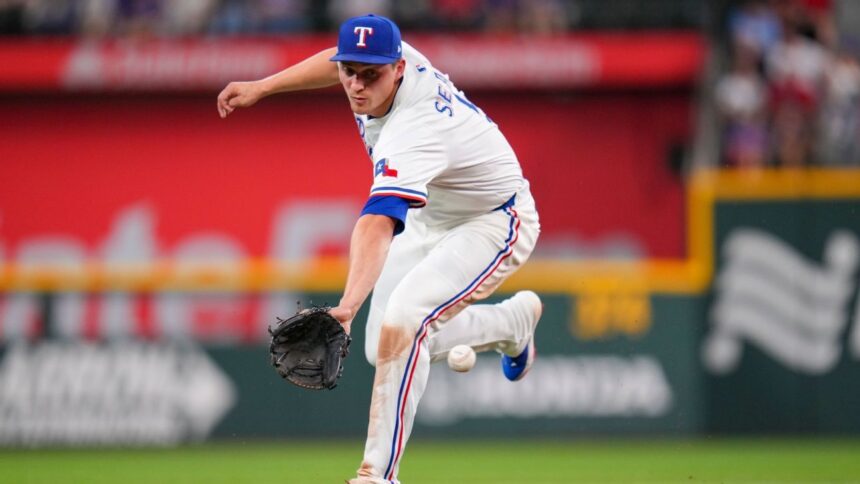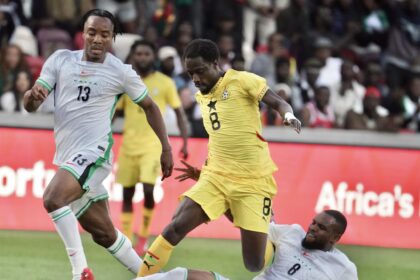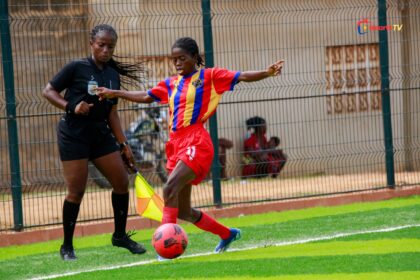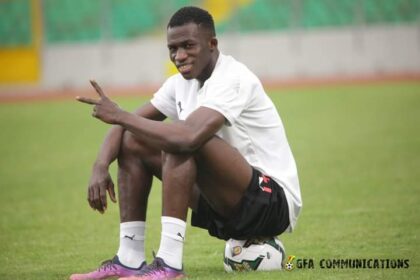It’s prime time for trading in leagues.
As we discussed , seasonal sample sizes remain small, and therefore even the most established, highly drafted stars in the midst of early-season slumps might be harshly and unfairly judged by their fantasy managers. Whether it’s a past history of slow starts, a tough schedule or simply bad luck, several notable names should be high atop your list of players to seek out in prospective trades.
Now, that’s not to say that every big-name slow starter is destined to rebound. Nelson Cruz (2022), (2023) and (2024) are examples of players from the last three seasons who couldn’t recover from a poor opening month. Always examine the reasons for a player’s early slump and his skill set before making a call on whether or not you’re comfortable making the trade.
The five underperforming players below are the ones who don’t concern me in the slightest. Each one has a high likelihood of recovering statistically over the coming weeks. Taking a closer look, all five of these guys are going to be just fine.
, 1B, : His surface statistics might look ordinary as he’s on pace for merely .226-28-83 numbers, but a quick glance under the hood reveals rather encouraging contact quality metrics. Olson has been as selective at the plate as ever, and Statcast grades him in the 91st percentile or better in terms of Barrel and hard-hit rates, average exit velocity and expected wOBA. Fantasy managers who selected him expecting a rebound from his disappointing 2024 might be growing impatient, but everything in his profile signals a soon-to-come power hot streak. He’s the hitter you should be most aggressively pursuing in trade right now.
I like him more than:
, SS, : There’s probably a perception that he’s neither as valuable today nor as likely to return to the levels he was at on draft day. That’s in part because he has already missed time due to injury but also perhaps because his Rangers have greatly disappointed on offense thus far. The latter is a concern, but Seager’s prime-age status (he’s 31) and history of stronger seasonal finishes than starts points to him being a prime fantasy trade candidate.
Three of Seager’s last four March/Aprils (2022, 2024 and 2025) have resulted in fantasy point totals that rank among his five worst single all-time months (minimum 20 games). For his career, he has averaged just 2.34 points per game in the first month of the season, compared to 2.96 in all other months. Sure, he has an injury history, but his contact-quality metrics thus far are right in line with his previous numbers. Don’t forget that he averaged nearly 400 fantasy points in each of his first three years with the Rangers.
I like him more than:
, SS, : He’s one of the few Cubs players that are underachieving, which is remarkable considering that his teammates have faced easily baseball’s toughest schedule to date. The Cubs have already played the entirety of their games against the , and and three of their six scheduled games with the . Meanwhile they still have all six games remaining against the , , and along with 10 out of 13 left with the . Those are the five teams with the worst in baseball.
Swanson has a history of slow starts, with three of his four worst single-month fantasy point totals coming in the season’s opening month (2017, 2021 and 2022 — again with a minimum 20 games). His 1.62 point average in March/April for his career sits well beneath his 2.09 average in all other months combined. Plus, his quality of contact has been every bit as good as it has been in the past, meaning his results should improve soon.
I like him more than:
, SP, Braves: He hasn’t yet been the breakthrough pitcher many (myself included) predicted during the preseason, but he’s still off to a plenty respectable start. Schwellenbach’s average fastball velocity is up slightly from last season and he’s generating greater than 30% whiff rates with both his slider and splitter.
Nevertheless, Schwellenbach finds himself outside the top 50 starting pitchers in fantasy points, in part because of a tough schedule that included starts against those Diamondbacks, Dodgers, Padres and Phillies, but also because opposing hitters have been attempting to counter his diverse pitch repertoire by being most aggressive early in the count. They’ve swung 7% more often on the first pitch of the count against him this year than last, resulting in MLB’s third-highest swing rate in 0-0 counts.
If you’re seeking some rationale for his lower strikeout rate, that’s as good an explanation as any, but a pitcher with his overwhelming stuff isn’t likely to maintain this wide a whiff-strikeout rate divide all year.
I like him more than:
, RP, : The problem with early-season numbers for closers is that one single bad outing can bloat an ERA — John Smoltz’s infamous eight-run disaster in his second start of 2002 comes immediately to mind — just as a lengthy stretch with limited save chances can give the perception of underperformance. In Megill’s case, both appear to be true, as a poor April 12 outing inflated his ERA, while his Brewers have given their relievers only seven ninth-inning save chances, tied for sixth-fewest in the majors.
‘s hot 2025 start gives the perception of a challenger to Megill’s job security, but the incumbent has pitched fine, with 98-plus mph average fastball velocity, a knuckle curve sporting a 64% whiff rate and a career-best first pitch strike rate. Megill’s Brewers are also likely to be in a fair number of closely fought contests as they had a tied-for-third 54 ninth-inning save chances last year. In other words, his rate of save opportunities should swiftly rise.
I like him more than:









